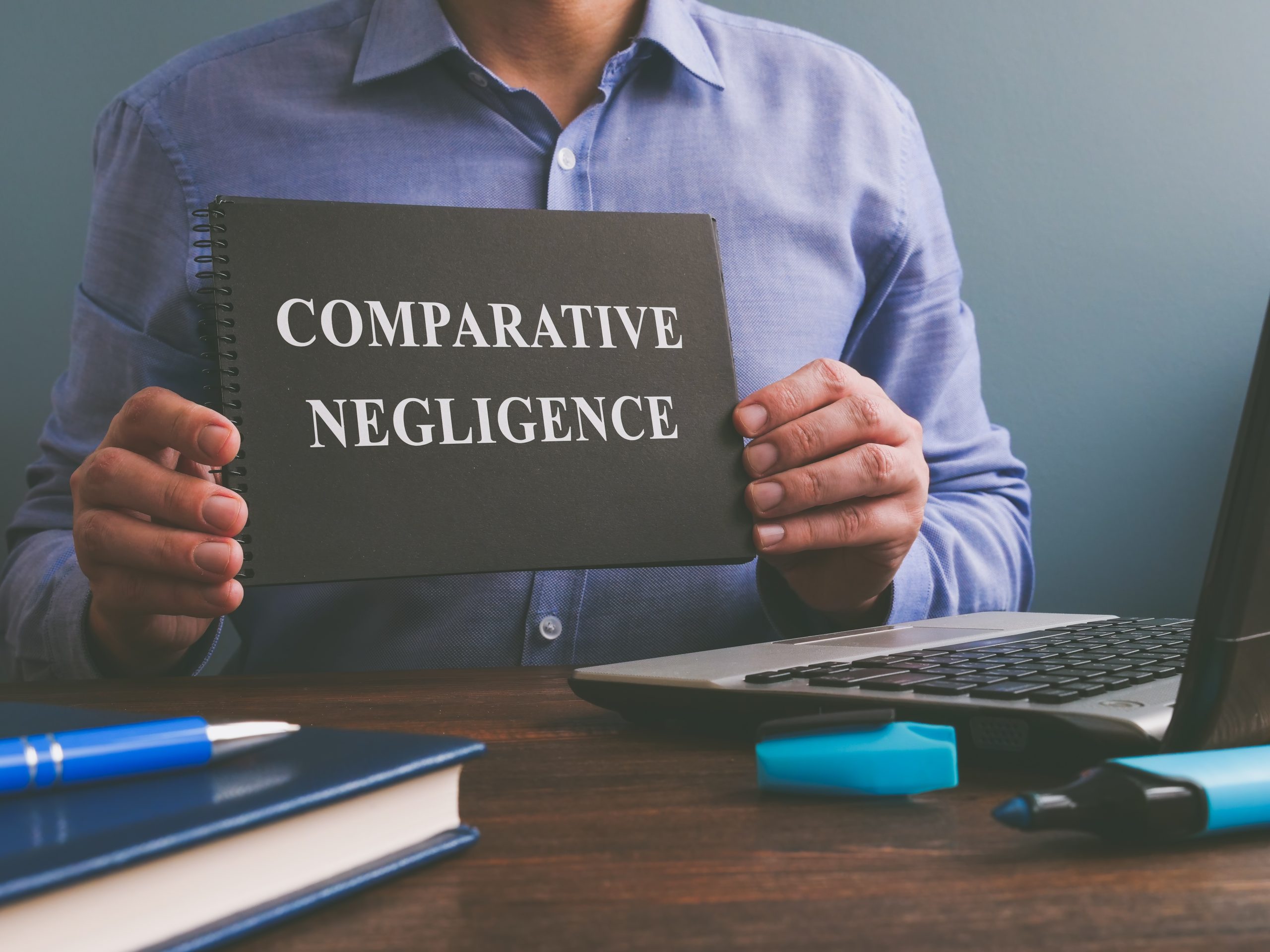
Common Comparative Fault Claims
When a defendant can successfully demonstrate that the plaintiff shared some responsibility for an accident, they will not have to pay the full jury award. Consequently, comparative negligence is one of the most prevalent affirmative defenses raised in personal injury litigation. Some situations where plaintiffs might be considered comparatively negligent include:
- Premises Liability Claims: If the plaintiff got hurt because he failed to use reasonable care, neglected to use accessible safety apparatuses, or ignored warning signs.
- Pedestrian Accidents: A pedestrian gets hit by a car because he ran into the street, was walking while distracted through a parking lot or failed to use the crosswalk.
- Car Collisions: When a driver violates NYS Vehicle and Traffic Law, such as failing to yield the right-of-way, driving while fatigued, or distracted driving.
- Motorcycle Crashes: When a motorcyclist fails to wear a helmet or violates a traffic law, such as running a stop sign, it plays a role in the accident.
- Medical Malpractice Claims: After undergoing rhinoplasty, the patient breaks her nose because she ignored the plastic surgeon’s advice.
- Product Liability Claims: If the plaintiff suffered a devastating injury because he did not use the defective product as intended.
The Impact Of Comparative Negligence On Compensation
Under NY CPLR § 1411, the plaintiff can recover damages when the jury finds that a defendant was negligent. Even if the plaintiff were 99 percent at-fault for the accident, they would not be barred from recovering compensation. However, the percentage of the plaintiff’s fault would be subtracted from the total damages. For instance, a plaintiff found to be 23 percent responsible for causing a truck accident can still recover compensation from a defendant who was 77 percent to blame. Still, the actual damages recovered would be cut by 23 percent. Assuming that the damages were assessed at $300,000, the plaintiff would recover $231,000.
Need A Highly Experienced Buffalo, New York Personal Injury Attorney?
Successfully pursuing a personal injury claim requires an attorney who can prove the defendant’s negligence while shifting the blame away from the plaintiff. While comparative negligence makes it easier for plaintiffs to recover compensation, it can be more challenging to obtain the money you deserve. The Dietrich Law Firm P.C.’s battle-tested litigators have decades of practice building the most persuasive cases. Jed Dietrich, Esq., celebrated as a New York Super Lawyer, and his team will do everything in their power to obtain the highest compensation for your case. Our best of the best attorneys are available 24 hours per day and 7 days per week by dialing 716-839-3939 or completing the online consultation form.
